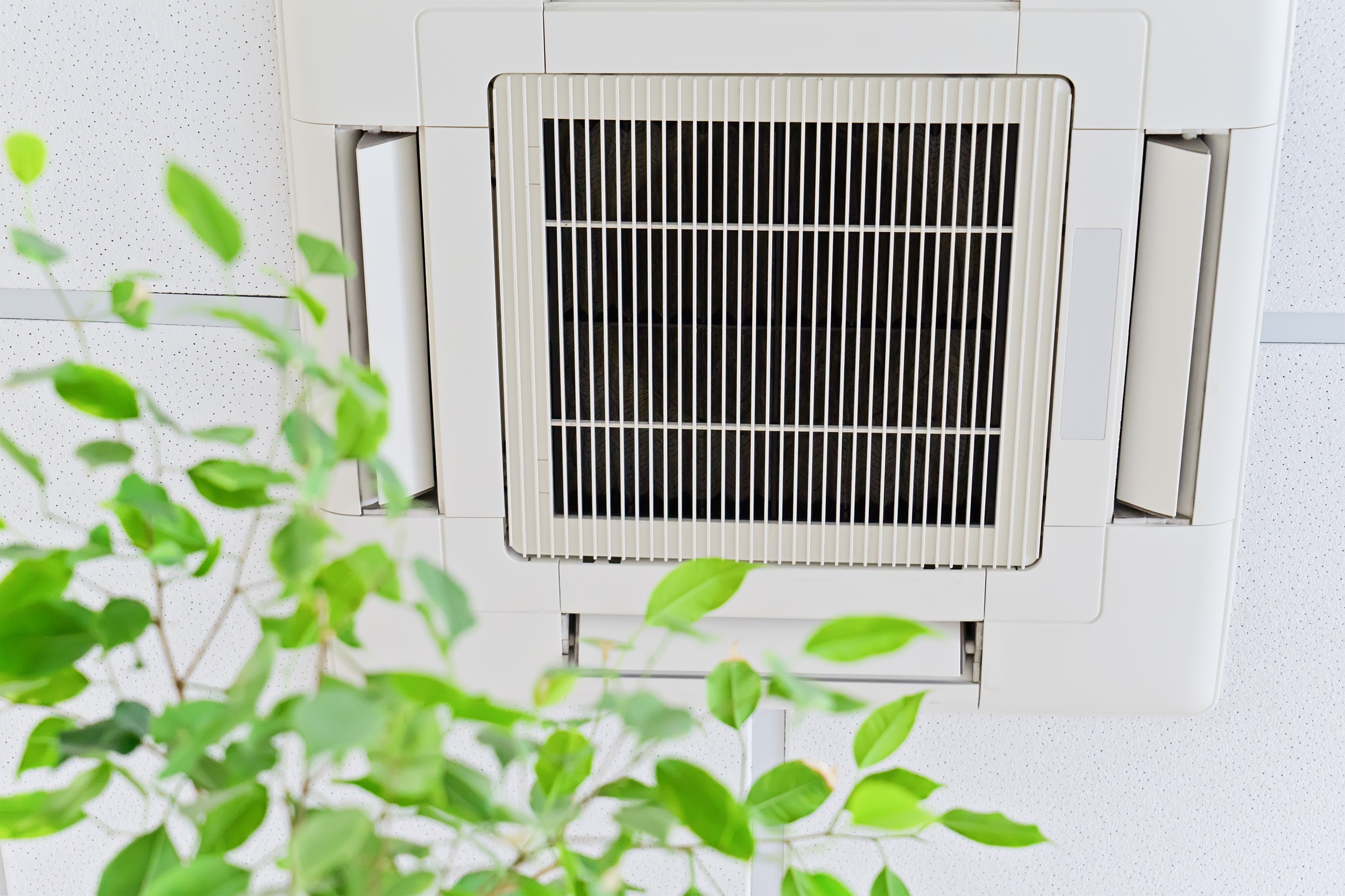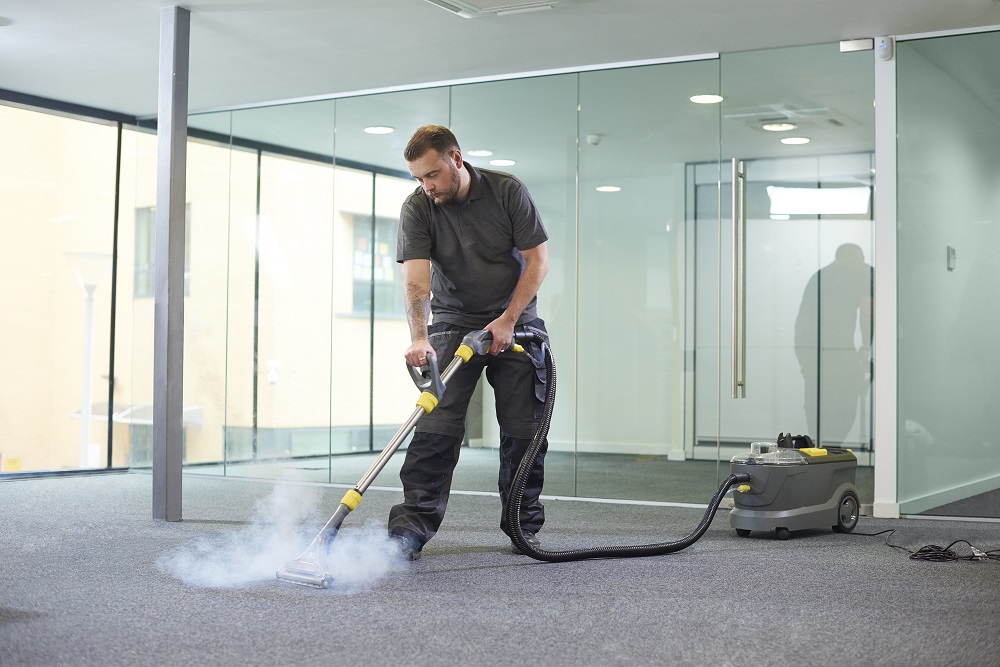
A team of international experts led by QUT Professor Lidia Morawska has published a blueprint for national indoor air quality standards for public buildings, in the journal Science.
Their research highlights the critical need for standards for acceptable ventilation rates and to manage three key indoor pollutants – carbon dioxide (CO2), carbon monoxide (CO) and PM2.5, which are fine pollutants capable of lodging deep in the lungs and entering the bloodstream.
Morawska, among others, led an appeal to the World Health Organisation (WHO) to recognise the airborne transmission spread of COVID-19 early in the pandemic. Since then, Morawska has continued to raise the importance of adequate indoor air quality for public spaces.
“Most countries do not have any legislated indoor air quality (IAQ) performance standards for public spaces that address concentration levels of IA pollutants,” Morawska said in a statement.
“To have practical value, IAQ standards must be implementable by designing new buildings that are built, operated and maintained to standard or retrofitted to meet the standards.
“While there is a cost in the short term, the social and economic benefits to public health, wellbeing and productivity will likely far outweigh the investment in cost to achieve clean indoor air.”
According to the experts, CO2 sensors were readily available, inexpensive and robust and should be used as a proxy to measure pathogens and CO2 during human occupancy in a public space.
“CO2 can serve as a proxy for occupant-emitted contaminants and pathogens and to effectively assess ventilation quality,” Morawska said.
The researchers suggested building operators adopt the WHO air quality guidelines for PM2.5 levels as a basis for indoor air quality standards – but with a shorter time frame than the guidelines’ 24-hour basis to better reflect the time people usually spend in public places.
The experts also emphasised the importance of mechanical ventilation systems as capable of removing and diluting human-emitted and other indoor-generated pollutants at a higher rate than their production to prevent accumulation in indoor air.
“The technologies for measuring ventilation already exist in most modern mechanically ventilated buildings but monitoring ventilation rates in terms of clean air delivered to the space requires us to consider the number of people and their activities in the space to ensure adequate IAQ,” Morawska said.
“Additional measures in support of ventilation, such as air cleaning and disinfection, could greatly reduce the need to increase the outdoor air supply, which carries a heavy energy demand.
“Filtering recirculated air is an effective way to reduce concentration of, and thus our exposure to, airborne particulate matter, allergens and pathogens.”
Photo by Demian Smit.
Comment below to have your say on this story.
If you have a news story or tip-off, get in touch at editor@incleanmag.com.au
Sign up to INCLEAN’s newsletter.




